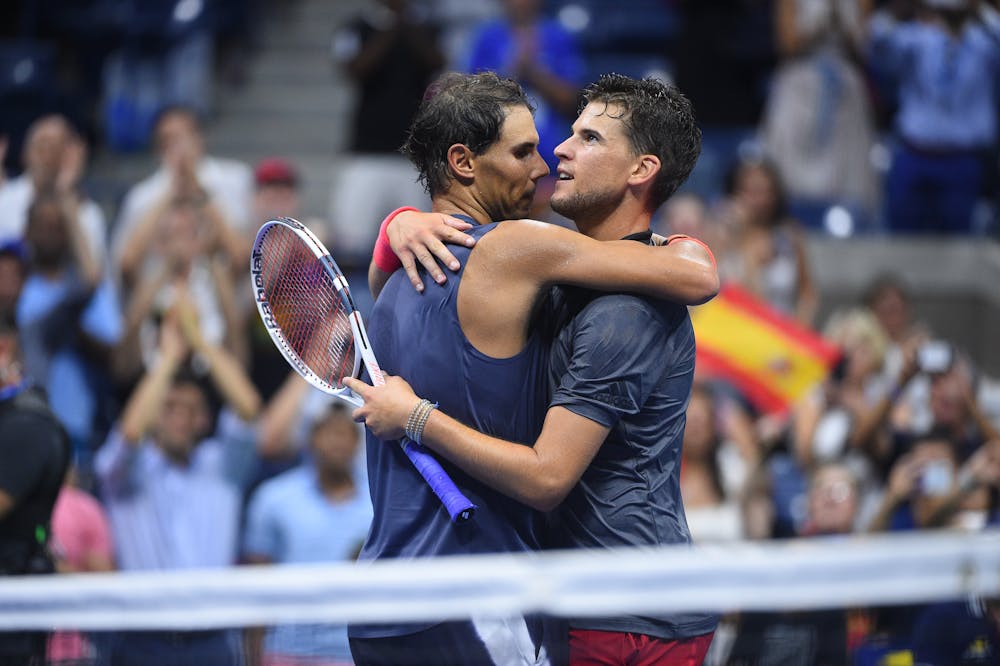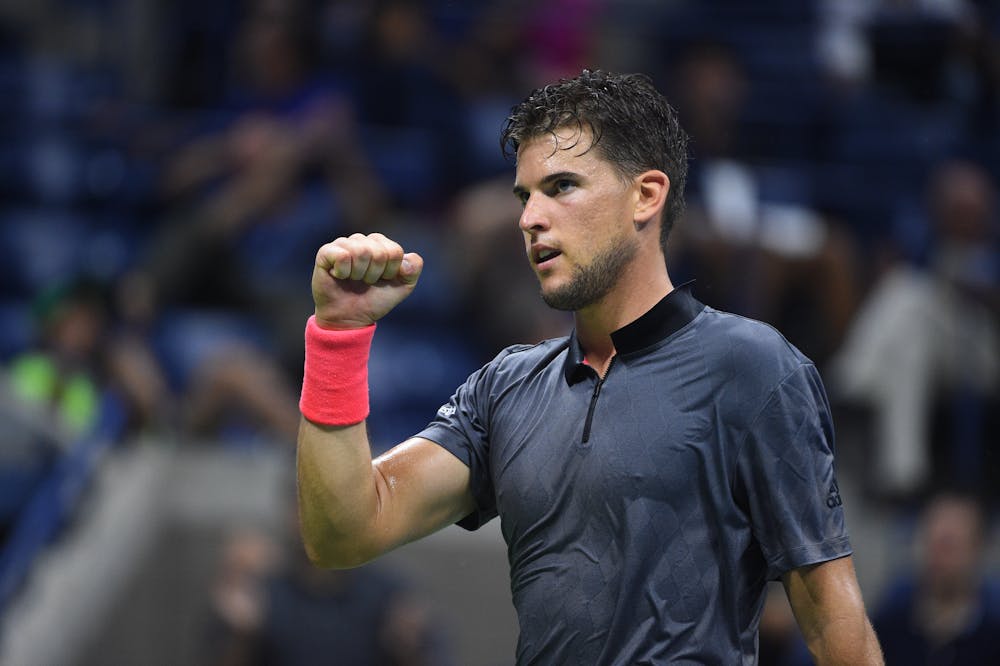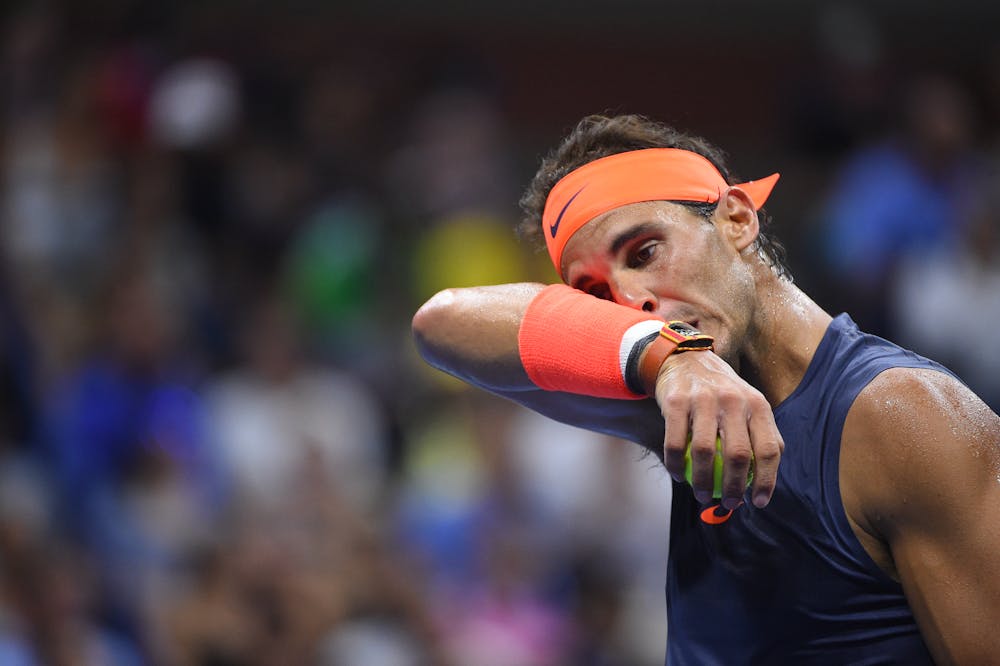Court time catching up with Rafa?
“Thanks everybody for staying here tonight,” Nadal told the fans in Arthur Ashe Stadium who remained in their seats until the match’s 2.04am finish. “It’s an amazing feeling. I am playing a lot of hours this year in this beautiful stadium – that doesn’t bother me, just bothers my legs!”
The Spaniard delivered the line with a laugh, but there was truth in jest. At four hours and 49 minutes, Nadal’s victory over Thiem was his longest ever match at the US Open, bringing his total court time in 2018 to 15 hours, 53 minutes; contrast that with the 16 hours and 39 minutes he needed to win all seven matches en route to the 2017 title.
While Thiem looked capable of running all night, there were times in the fourth and fifth sets against the Austrian that the exertions of Nadal’s four-set tussles with Karen Khachanov and Nikoloz Basilashvili appeared to be taking their toll: not least as a string of missed volleys at critical moments, including one at 5-6, 30-30 in the fourth set that would have given him a match point, were uncharacteristically dumped into the net.
Nadal is nothing if not adaptive, and while his lungs may have been burning, his mind was clear. Net approaches, while risky, cut points short, and the world No.1 showcased his fine touch with a series of cute drop shots and angled approaches to break any rhythm Thiem might have been building in the final set.
The good news: Nadal now has two days to rest his weary limbs before Friday’s semi-final showdown with Juan Martin del Potro, a repeat of last year’s final-four clash. The bad news: their most recent meeting, in the Wimbledon quarter-finals, was a five-set, four-hour-47-minute rollercoaster.
 ROLAND-GARROS
18 May - 7 June 2026
ROLAND-GARROS
18 May - 7 June 2026





